Keep the land, build a life in the high mountains
At the end of October, the sunshine is as golden as honey, the road from Dien Bien city to Si Pa Phin this season is very favorable. That is why we are present at Nam Chim village, Si Pa Phin commune - where Vang A La, a Mong man who planted forests and raised large cattle, became a future billionaire.
In the dry, golden sunlight of an autumn morning, the sky of Dien Bien is clear and high. At the edge of the forest, the silver-cheeked laughingthrush sings clearly, the space is so peaceful and quiet that one can feel the breath of the forest and the cold emanating from the mountain.
We sat on the roadside at kilometer 35, the phone rang a few times, the other end rang but no one picked up. I patiently waited for the other end to call back, but no one, still silence. Impatient, I picked up the phone and called again, it rang twice, the other end said very briefly: Hello, who is calling me. It's me, Vang A La.
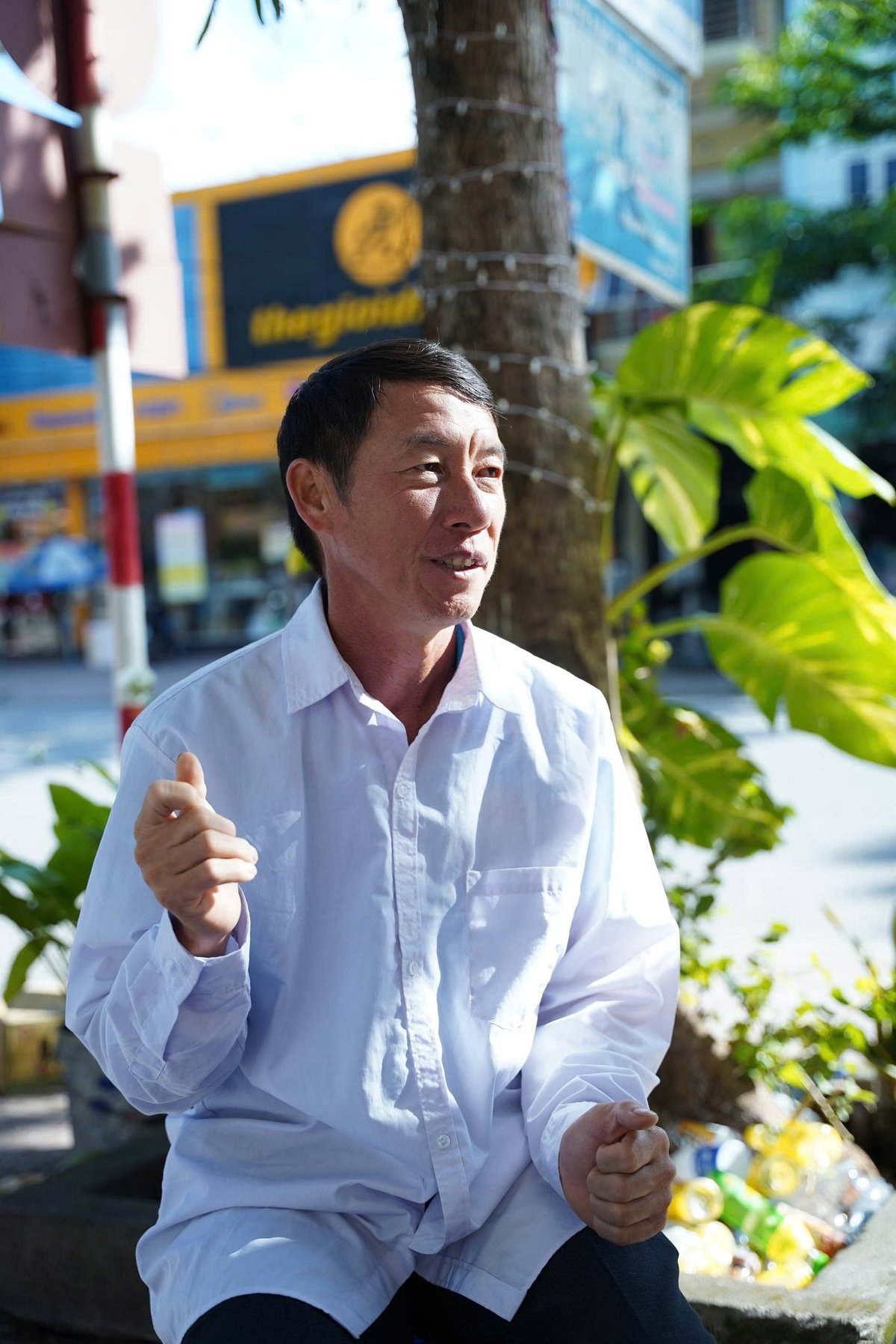
Portrait of Vang A La, Nam Chim 1 village, Si Pa Phin commune, Dien Bien province. Photo: Hoang Chau.
After a while of giving directions, we finally met Vang A La (born in 1980), a Mong ethnic in Nam Chim village, Si Pa Phin commune, Dien Bien province; a real farmer who escaped poverty from nothing and from the barren hills. A La said: “In 2004, I had nothing in my hands except the wife my parents married for me and 4 children. My main job at that time was to herd buffaloes and support my wife and children. Many times I herded buffaloes on the 80ha vacant land of my family, secretly wishing that I had some granaries of rice and a few buffaloes at home to ease my wife and children’s suffering.
The barren land could not grow corn or rice, and there were no fields for wet rice. My children were growing up, and if I did not find a way to make a living, they would starve. That year, I started to bring the buffaloes to that vacant land to build a shed, fence the land and set up camp. I borrowed money from relatives to buy a couple of goats, a few cows, two pairs of horses and two buffaloes that we already had.
Goats increase very quickly, giving birth twice a year, so in just 3 years my goat herd has increased rapidly. Horses, buffaloes, and cows give birth once a year, I did not sell them immediately but let them grow. After the herd increased to 25 goats, I sold a few to get money for my children's education and to buy more breeding cows and buffaloes.
At that time, this hilly area was still wild, few people dared to do farm economics . Vang A La boldly asked the commune government to confirm the grazing area map, both to protect the land left by his ancestors and to avoid disputes when expanding production. Throughout the hilly area, A La and his wife day and night hung barbed wire fences, buried B40 poles: the sloping area was for raising goats, the slightly flatter area was for buffalo, cows, and horses.
“This land used to be our family land. We have to go to the commune to get confirmation so that our descendants can do business without any disputes,” A La said simply. In that way, the Mong man “kept the land” with the thought of working, with the belief that: “We Mong people must get rich on the land of our ancestors.”
On an area of over 80 hectares, Vang A La’s family raises nearly 300 large livestock, including 50 cows, 20 buffaloes, 20 horses and 130 goats. A La’s farm has a guardhouse and is looked after by hired workers all year round. During the green grass season, the animals leisurely graze and drink stream water. “My buffaloes, cows, horses and goats only eat grass and drink water. At night, I give them a little salt so they remember their barn, that’s all.” A La speaks as if telling a daily story, innocent and simple.

Vang A La with his herd of goats. Photo: Hoang Chau.
Every year, after the grazing season, A La herds the cattle closer to home to both store straw and sell it. “Around the end of November, I let them go home. The big ones are sold, the ones that give birth are kept. By April, when the grass on the farm has grown, I drive them back up the mountain.” Thus, the cycle of grazing and the season repeats itself, and A La and his wife and children do not have to worry about feeding the large herd.
Thanks to that model, Vang A La’s family earns about 400-500 million VND per year. That is not a small amount for people in the highlands. A La said: “People come all the way here to buy, they don’t have to take it anywhere to sell. If they agree to sell any fish, I just have to tie it to the car.”
He confided: “The State sent me to attend a basic veterinary class and I was certified. Thanks to that, I also know how to look at the symptoms of animals to diagnose diseases and vaccinate them. At night, they come back to the cage and the next morning, I release them. I only need to look at traces of feces, urine, or see them walk slowly to know that they are sick. Once I know the disease, the medicine is simple.”
According to A La, the most difficult thing is when we encounter difficult terrain, like when a buffalo or cow falls off a cliff while eating grass. We can only feel sorry. As for the rest, whether it is illness or harsh weather, we know how to overcome it.
Agricultural and forestry economic model
Vang A La not only builds a model of large-scale cattle grazing, but this diligent Mong man also plants forests. On another 6 hectares of land, A La grows tung, pine, cinnamon and medicinal plants. “The tung forest has been around for a long time and has been paid for forest environmental services. As for the pine forest, I planted it about 10 years ago, and now the trees are big. The cinnamon tree, planted only two years ago, is as big as a pipe,” A La said.
A La paused for a moment and then explained: “For me, planting forests is not only to earn extra income, but also a way to preserve land and water. If we don’t plant trees on bare land, it will all be washed away, and the fields will be lost. Planting trees will give our children and grandchildren something to enjoy in the future.”
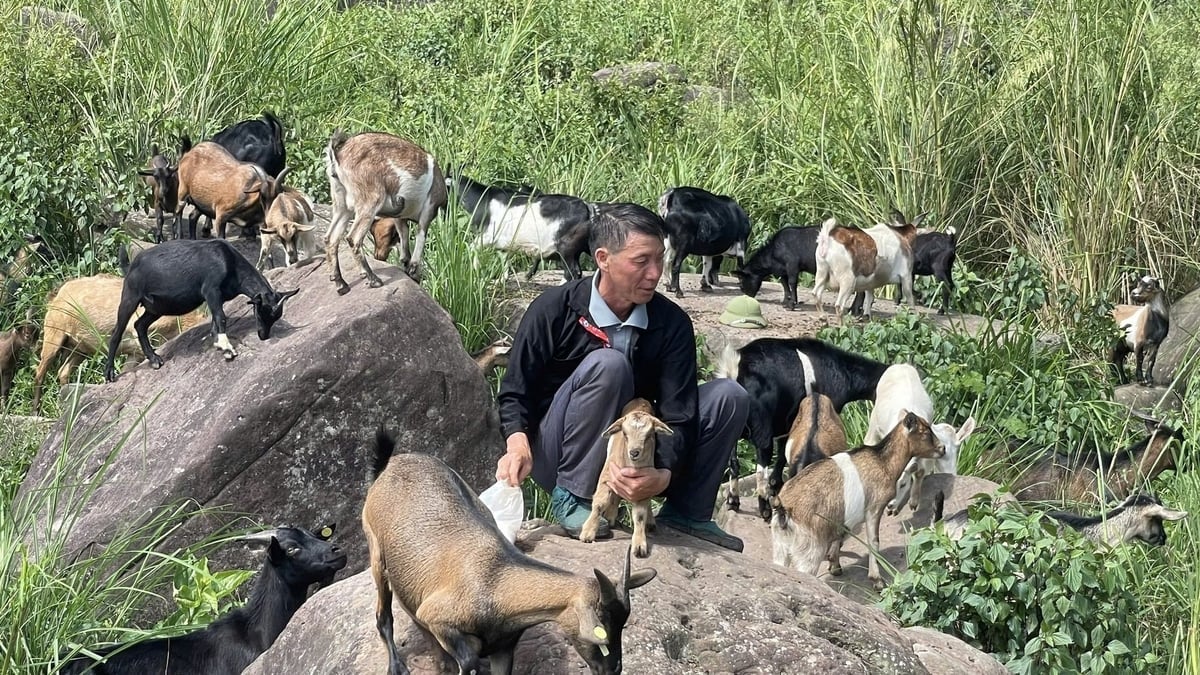
Currently, Vang A La's farm has more than 100 goats. Photo: Minh Duy.
For highland people like Vang A La, forests are not only resources, but also a roof, a place to maintain sustainable livelihoods for people. In Nam Chim 1 village, few people plant forests like A La. “Because planting forests does not immediately see the benefits, many people give up. But I think pine trees and cinnamon trees will only show their value after 10 years. You cannot be hasty in farming ,” A La mused.
A La said: In previous years, people in the village also learned from him to build barns, fatten cattle, and fence the land to make small farms. But when the price of cattle fell, many people became discouraged and gave up. Only A La persevered in maintaining the herd, switching from raising buffalo and cows to raising goats and horses. "In 2020 - 2021, the price of cattle and buffaloes fell, so I raised horses and goats to sell to have money to survive," A La said.
Thanks to that flexible adaptation, Vang A La became the pioneer of the village with a combined agro-forestry model, both raising large livestock and planting forests and medicinal plants; not only creating a livelihood for the family but also contributing to forest protection, greening bare land and bare hills. In Vang A La's simple way of speaking, people hear the philosophy of life of the highlanders: "Whatever you do, you must be persistent, do not give up halfway, keep the land, keep the herd, is to keep food and clothing for the children."
Vang A La and his wife have four children, all of whom are university students. The eldest daughter is a teacher, the third son is working in the police force, and the other two children have graduated from major universities in Hanoi - all thanks to the family farm economic model.
At this moment, Vang A La's eyes sparkled with excitement. He hugged his knees and nodded in approval, smiling happily.
Source: https://nongnghiepmoitruong.vn/mot-nguoi-mong-mau-muc-d781101.html












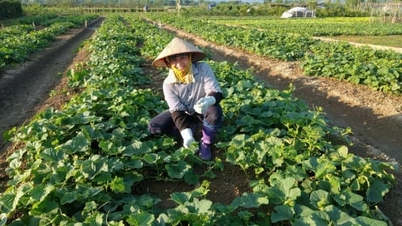

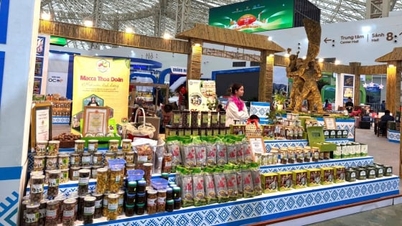


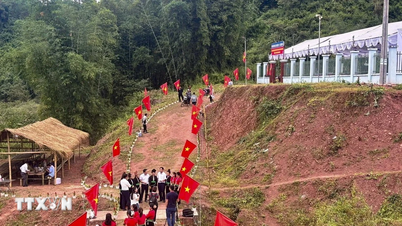

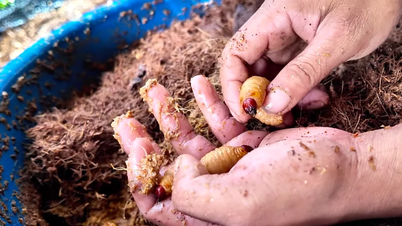










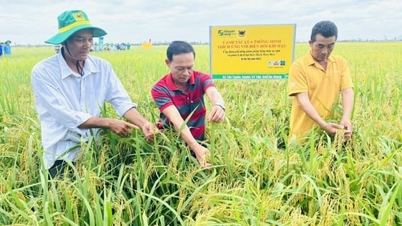
![Dong Nai OCOP transition: [Part 2] Opening new distribution channel](https://vphoto.vietnam.vn/thumb/402x226/vietnam/resource/IMAGE/2025/11/09/1762655780766_4613-anh-1_20240803100041-nongnghiep-154608.jpeg)









































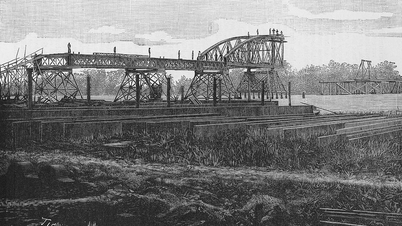
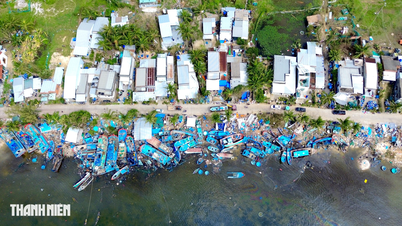
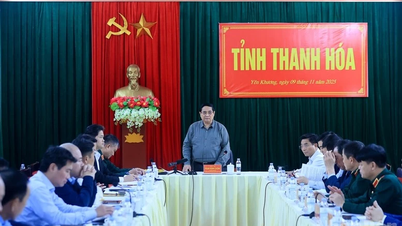







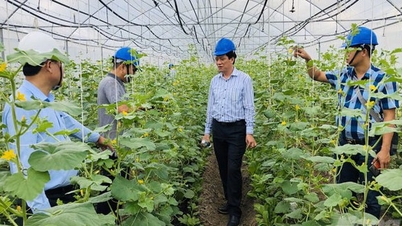




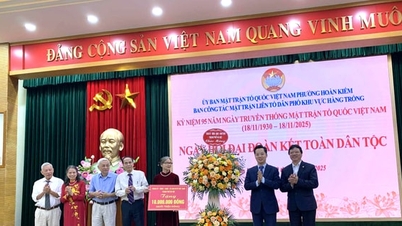



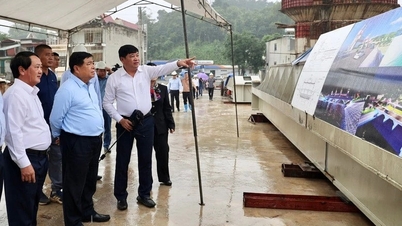

















Comment (0)